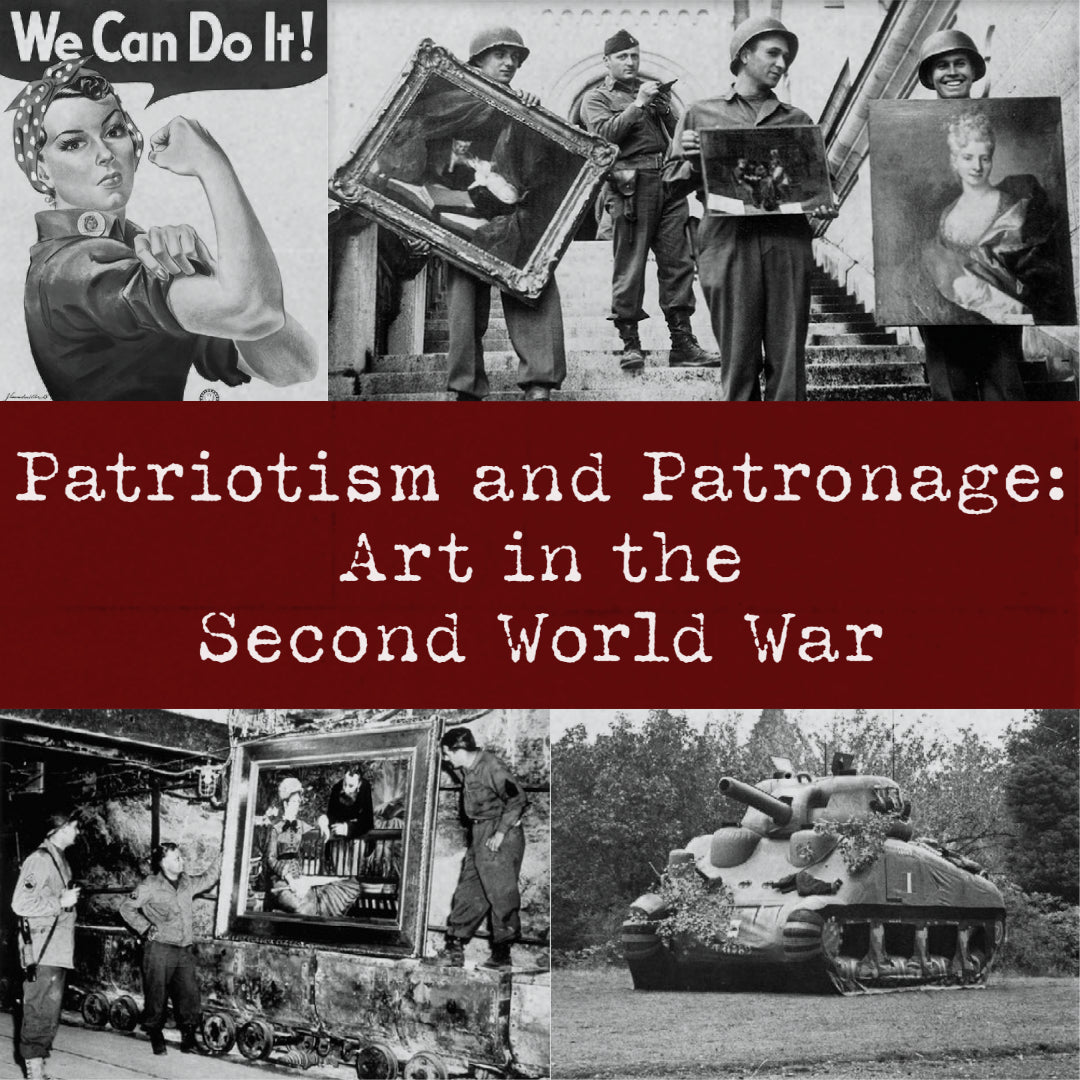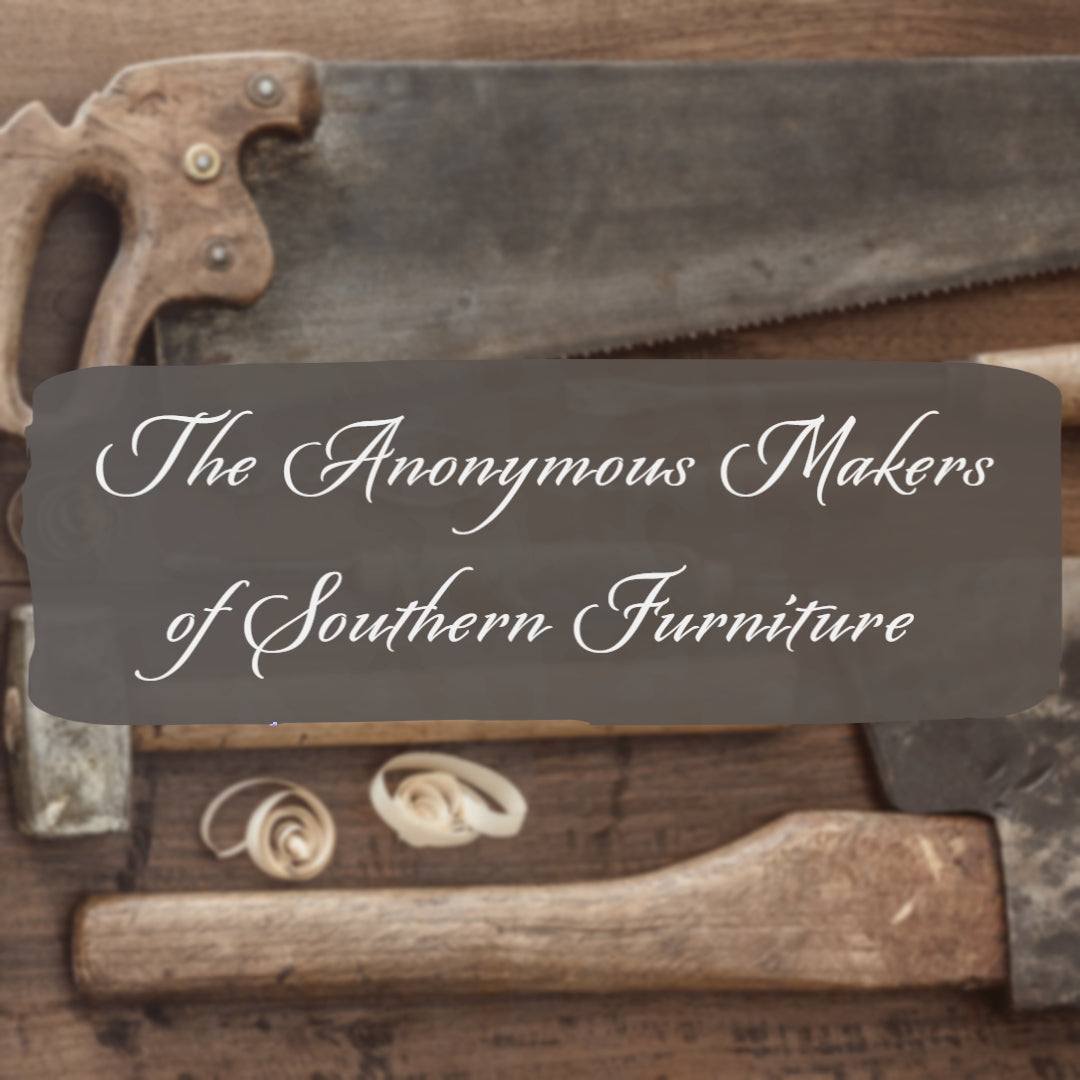
Patriotism and Patronage: Art in the Second World War
 While art is always an integral part of a nation's culture and identity, it is even more so the case during wartime. One could argue that World War II in particular utilized artists, historians, archaeologists, art handlers, and other professionals in much a greater wartime capacity previously or since. Both the Axis and Allies harnessed their powers to inform, rally, deceive, and persecute their own populations and enemy populations in turn.
While art is always an integral part of a nation's culture and identity, it is even more so the case during wartime. One could argue that World War II in particular utilized artists, historians, archaeologists, art handlers, and other professionals in much a greater wartime capacity previously or since. Both the Axis and Allies harnessed their powers to inform, rally, deceive, and persecute their own populations and enemy populations in turn.
For the first time, artists became another weapon in the arsenal. From 1944 to 1945, the United States employed a "Ghost Army" to trick the Nazis into believing they had 30,000 more troops than they did. Architects, set designers, artists and other creatives deceived the Germans twenty-two times between D-Day and the end of the war, leading them into unfavorable fighting positions or avoiding battle altogether. They created fake inflatable tanks, used speakers to amplify the sound of army movement, and were known to don high-ranking military uniforms before going into town, allowing eavesdropping locals to hear, and hopefully pass along, misinformation. The Ghost Army directly contributed to and was crucial to the Allies winning the war.
At home, artists were assisting government efforts to encourage Americans to raise victory gardens, buy war bonds, and ration. To this day, J. Howard Miller's Rosie the Riveter poster is an icon synonymous with patriotism, feminism, and the galvanization of the war effort throughout America. This poster and many others urged Americans to join the fight or, if unable to join, to contribute in any way they could.
Many actors and filmmakers who couldn't serve joined the Hollywood Victory Committee. First chaired by Clark Gable, the Committee organized bond drives on the home front and also went abroad to give free performances to battle-weary soldiers. Clark Gable did end up joining the army - at the height of his career, no less - along with Jimmy Stewart and Audie Murphy who was one of the most decorated soldiers of World War II.
A smaller war within the second World War was over the possession of cultural objects and artistic masterpieces. Part of the Nazi plan was to plunder the museums and elite homes in every city they invaded in order to claim the world's greatest treasures as their own. The small but mighty Monuments, Fine Arts, and Archives Unit originally accompanied soldiers on the front line to mitigate damage to important monuments as the war progressed. However, as they advanced toward Germany, their role transformed into locating, recovering, and preserving stolen works. Many objects were hidden away in German mines, often booby-trapped. The Merkers Complex, in particular, was thirty-five miles of tunnels and the Monuments team had a mere six days to evacuate the contents. With military resourcefulness and resolve, they successfully loaded thirty-two trucks and removed the art to a safe location before the pending invasion.
World War II had heroes from every walk of life and the use of art at the time is the best illustration of this. It was utilized in every capacity and in every medium. Weapon to the army, balm to the spirit, and steel to the wavering, the art of World War II was in a category all its own.
To view this blog with additional photos, decor and furniture we have available click here!
Interested in reading our previous blogs? Click here!




Leave a comment
This site is protected by hCaptcha and the hCaptcha Privacy Policy and Terms of Service apply.